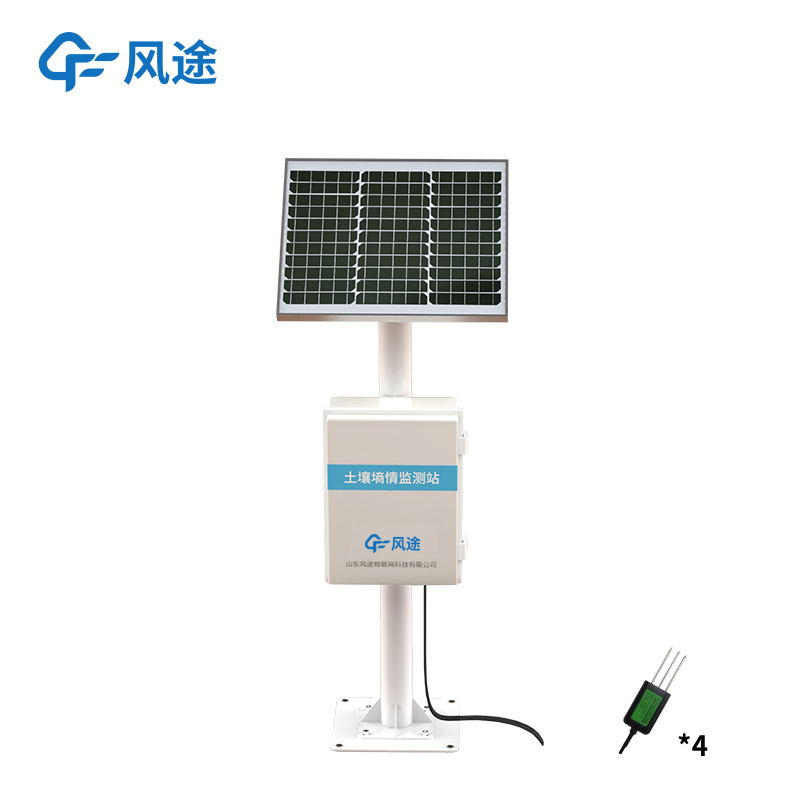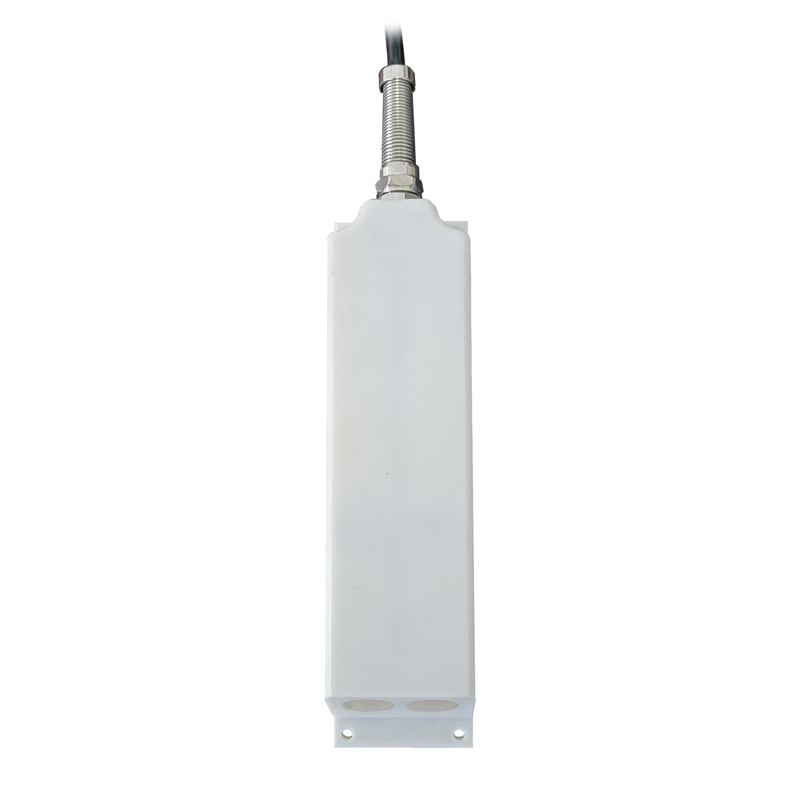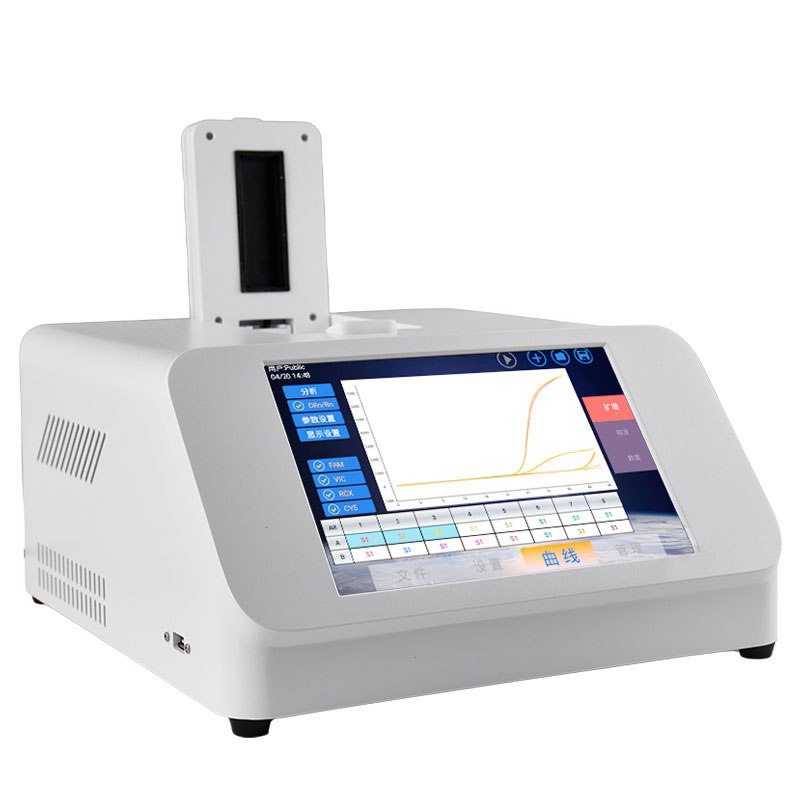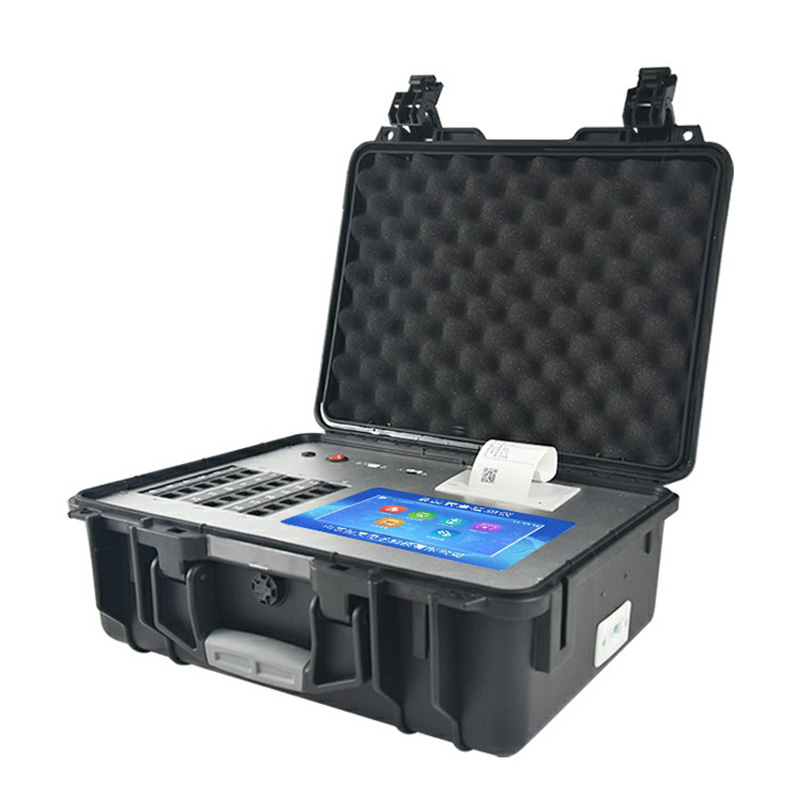Soil moisture, a key indicator reflecting the soil water status, directly impacts the growth cycle, yield, and quality of crops. When the soil is too wet, it is prone to cause seeds to lack oxygen and mildew, and the incidence of root rot can increase by 30 - 50%. On the contrary, when the soil is too dry, seeds will absorb insufficient water, and the emergence rate will decrease by more than 40%, resulting in uneven seedling growth. An ideal soil moisture condition can make the seed germination rate reach over 95% and promote more complete root development. Traditional manual detection methods determine soil moisture by squeezing soil by hand or observing its color, but they are greatly affected by subjective experience and environmental factors. With the development of Internet of Things technology, the application of Soil moisture monitoring equipment provides a new solution for precision agriculture.
Soil moisture monitoring equipment adopts a multi - parameter sensor array, which can collect key data such as soil moisture, temperature, and electrical conductivity in real - time. The sensor uses the principle of dielectric constant with an accuracy of ±3%. It can perform non - contact measurement through a PVC plastic pipe, avoiding interference from fertilizers, pesticides, etc. The monitoring station is equipped with a solar power supply system and a 4G communication module, which can automatically upload data to the cloud platform every 15 minutes. Through algorithm analysis, the system can generate visual charts such as soil moisture change curves and early - warning threshold reminders, helping users dynamically grasp the soil health status.
In a major grain - producing area, an agricultural cooperative has achieved an intelligent upgrade of irrigation decision - making by deploying soil moisture monitoring stations. When the system detects that the soil water potential is lower than - 0.08MPa, it automatically triggers the drip irrigation system for water replenishment. When the soil humidity exceeds 80% of the field water - holding capacity, it activates the solenoid valve of the drainage canal. This closed - loop management mode has increased irrigation efficiency by 35%, nitrogen fertilizer utilization rate by 22%, and maize yield per mu by 8%. The monitoring data is also linked with weather stations and pest forecasting instruments to build a trinity early - warning system of "soil moisture - climate - pests and diseases", successfully preventing three regional waterlogging disasters.
The construction cost of Soil moisture monitoring equipment is about 3 - 5 times that of traditional manual detection, but the long - term economic benefits are obvious. Taking a 1000 - mu farmland as an example, the total investment in installing 5 sets of monitoring equipment (including the solar power supply system) is about 80,000 yuan. By reducing irrigation water use and optimizing fertilization plans, the annual cost savings are 42,000 yuan, and the investment payback period is about 2 years. In ecologically vulnerable areas, monitoring stations can also be used for soil and water conservation assessment. By analyzing the correlation between soil moisture and vegetation coverage, it provides data support for the policy of returning farmland to forests.
The modern soil moisture management system should form a three - level structure of "manual preliminary judgment + intelligent monitoring + precise regulation". Farmers conduct preliminary detection through traditional methods. After detecting abnormalities, they start the monitoring station for detailed analysis, and then implement measures such as irrigation and drainage according to system recommendations. This combination not only retains the flexibility of traditional experience but also gives play to the accuracy of technology.

This paper addresses:https://fengtusz.com/industry/696.html









